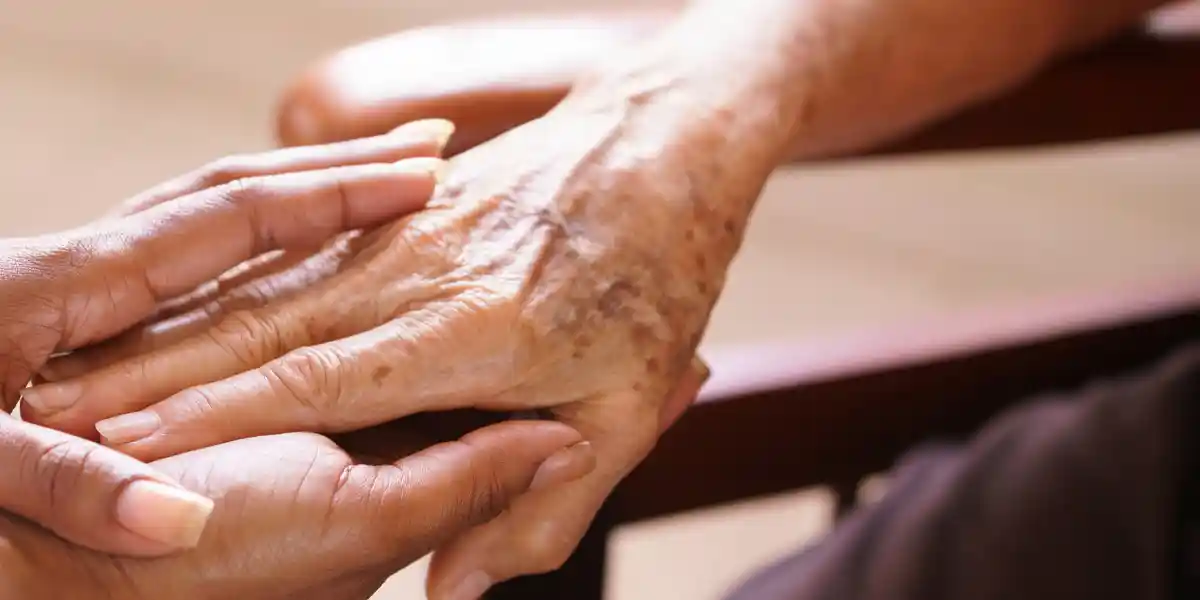How Poor Hygiene in Nursing Homes Can Lead to Pressure Sores
We hope you find this Nursing Home Neglect Blog Article both Helpful and Informative.

You know, we often associate nursing homes with the comfort and specialized care they’re supposed to provide. However, not all facilities are created equal, and there’s an unsettling side to this story—poor hygiene practices. You might not think it at first, but poor hygiene is a catalyst for pressure sores. The question is, how do these seemingly unrelated issues connect?
The Unspoken Reality: Hygiene Issues in Nursing Homes
Inadequate staffing, lack of training, and sometimes just plain negligence can lead to subpar hygiene standards. While it’s a grim topic, it’s one that needs urgent attention. Poor hygiene sets the stage for a host of problems, and at the top of that list are pressure sores.
The Infection Connection
When hygiene is poor, the risk of infection skyrockets. Infections can accelerate the development of pressure sores and also make existing sores worse. Infected skin is weaker and more susceptible to breakdown under pressure. Let’s be honest, in a setting where hygiene is not maintained, even a minor sore can quickly turn into a full-blown wound.
Moisture and Skin Integrity
Poor hygiene often means inadequate care in keeping the skin dry. Excessive moisture from sweat, urine, or feces can make the skin more fragile. What does fragile skin do? You guessed it—it succumbs more easily to pressure, increasing the risk of sores. Moisture control is hygiene 101, and its absence can be catastrophic in this context.
Dirty Linens and Bacteria: A Dangerous Duo
You’d be shocked at how crucial clean bedding is in preventing pressure sores. Dirty or soiled linens can harbor bacteria, increasing infection risks. They can also create friction against the skin, exacerbating pressure points and making existing sores worse. Honestly, it’s not rocket science; it’s basic care that’s being overlooked.



